Inside: There are many interesting and powerful medicinal plants that can heal us and our children. It’s a theory called, The Doctrine of Signatures in Herbology. It states that God put His “signature” on different plants, fruits, and vegetables to tell us what organ they build and strengthen. Look carefully–your fruits and veggies are actually medicinal plants that can talk to you and teach you how to choose healthy foods to build your body.
This blog is part of my “Tidbits of Wisdom for Parents” Youtube video series. If you want to watch the 6-minute video about medicinal plants and The Doctrine of Signatures, click here.
Medicinal Plants: The Doctrine of Signatures
Medicinal plants are plants, herbs, fruits, and vegetables that having healing properties and can be used to help people with various health issues. It’s hard sometimes for us to realize that the simple apples or blueberries we eat have healing “powers” but they do. How? They supply us with important vitamins, minerals, and phytochemicals that keep us healthy and well.
But, what if fruits and vegetables could talk? What if they could tell us what specific part of the body they could build and strengthen?
Well, they can and do! Not in actual words, but something more clever and interesting. They talk to us through their shape and structure. Herbology calls it, “The Doctrine of Signatures.”
In a nutshell, this doctrine says that God “imprinted” His signature on various medicinal plants, fruits, and vegetables to help us understand what organ of the body they strengthen. For instance, carrots resemble and strengthen the eyes because of the vitamins and phytochemicals they contain.
This is a great way to teach your kids about medicinal plants that can be used for healing. Learning and understanding this information will also teach your children and teens why it’s important to eat their veggies and fruits. Using the information below, explain why they build a healthier body. Plus, you’ll be teaching your children the basics of anatomy at the same time.
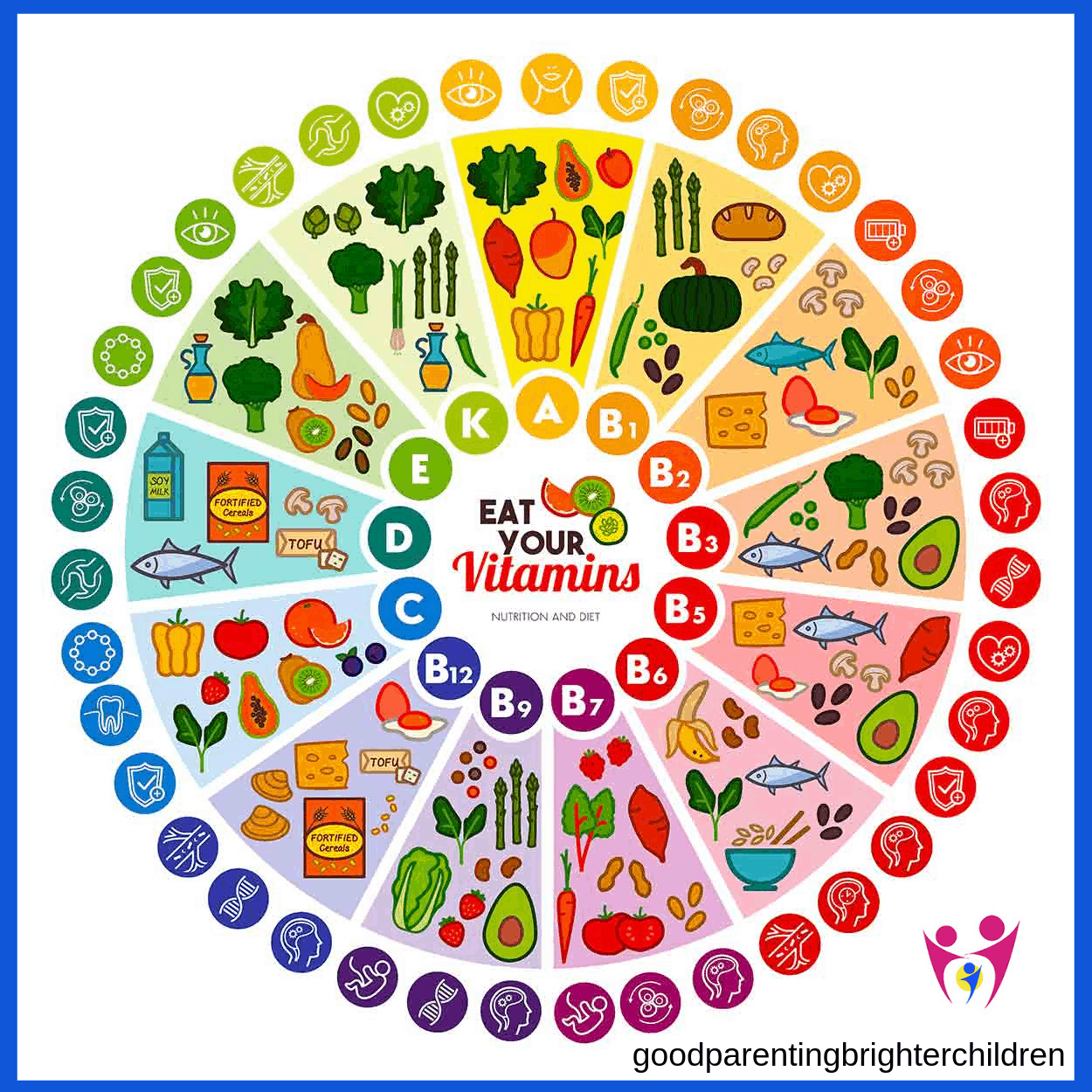
This is a very powerful infographic that you can use when teaching your children about The Doctrine of Signatures: medicinal plants, fruits and veggies and how they strengthen certain organs of the body. The inside of the circle lists the various vitamins that each food section contains. The outside circle has different icons representing different organs of the body and which foods strength those organs. You will see these different icons: heart, bones, brain, teeth, eyes, immune system (the shield), and even fruits and veggies that fight cancer. This is a fun infographic for kids and teens for study and discovery.
Carrots and Eyes
Look at your eyes in the mirror. Slice a carrot horizontally. Can you see the similarities between the eye and the carrot with the pupil, iris and radiating lines?

When you slice a carrot horizontally, you can see that they resemble the human eye. And, carrots improve the health of our eyes and are considered a medicinal plant
A sliced carrot looks like a human eye. And science tells us that carrots are good for the eyes because they enhance blood flow and increase the function of our eyes.
Dr. Michael Murray agrees. He calls carrots, “the king of vegetables,” because eating carrots improves eyesight. Ever heard of lutein and zeaxanthin? Ask your eye doctor…he/she will tell you they are important antioxidants that protect the eyes and help to prevent macular degeneration and cataracts. And carrots contain these important antioxidants.
More Benefits:
- Carrots contain vitamin A which is an important antioxidant and stimulates rhodopsin (a purple pigment in the eye) which helps us to see in dim light.
- Carrots also help fight cancer
- Because carrots can heal the eyes, they are considered a medicinal plant
Tomatoes and the Heart
First, tomatoes are not fruits or berries, they are vegetables. In 1893, the Supreme Court ruled tomatoes as such. And they are important for the heart.
- Slice open a tomato. See the four sections or chambers?
- A tomato has four chambers and is red. Likewise, our heart is red and has four chambers.
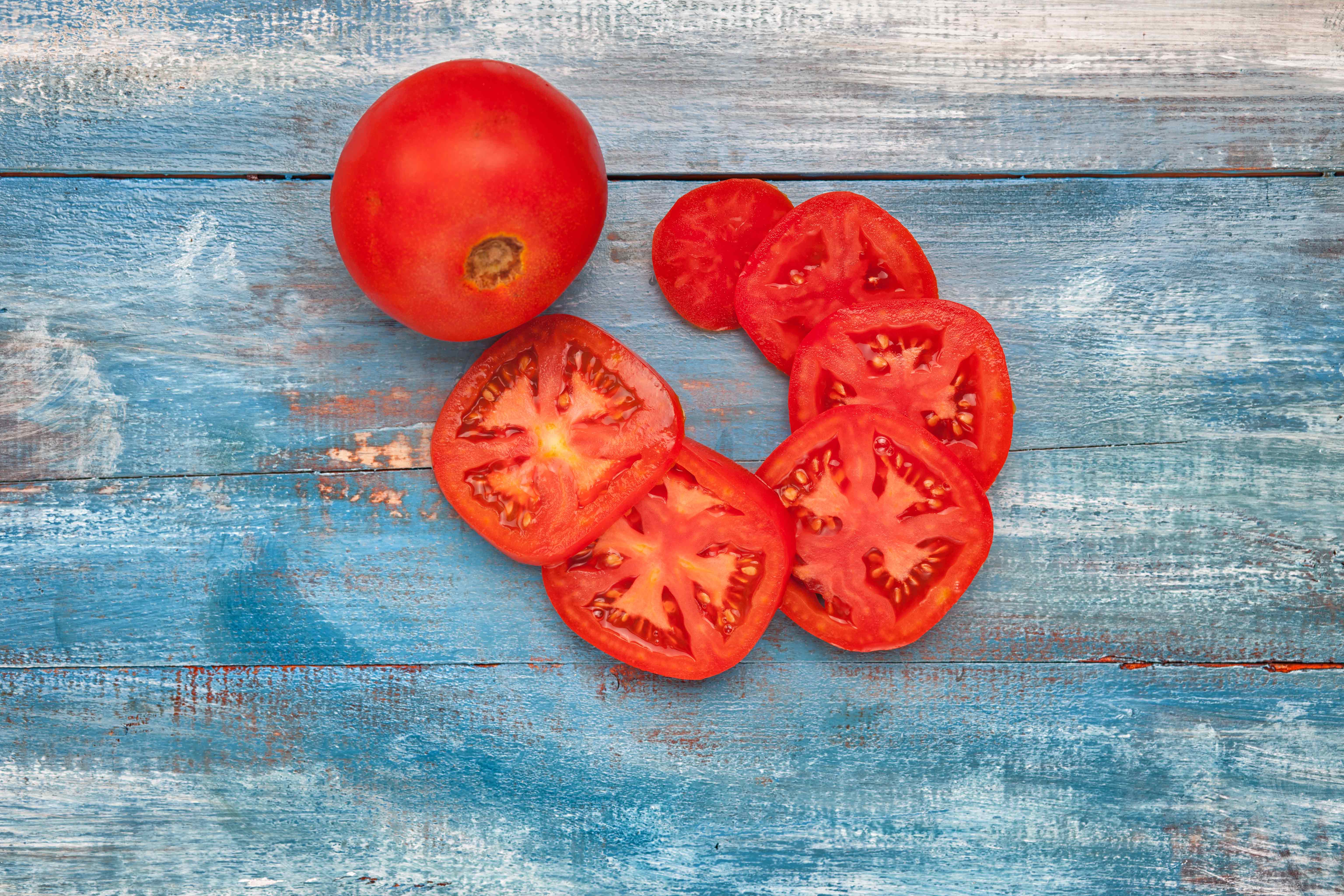
A sliced tomato resembles our heart–it’s red and has four chambers. Tomatoes are good for the heart and are a powerful medicinal plant
The lycopene (phytochemical) found in tomatoes protects the heart against oxidation (the process that causes heart disease) and reduces heart attacks. Research shows tomatoes are a pure heart and blood food.
More benefits
- Tomatoes help fight various cancers
- They improve eye health (lutein)
- They lower blood pressure
Phytochemicals:
I mentioned above about lycopene being a phytochemical. Do you know what that is?
Ever notice the beautiful array of colors of fruits and veggies?
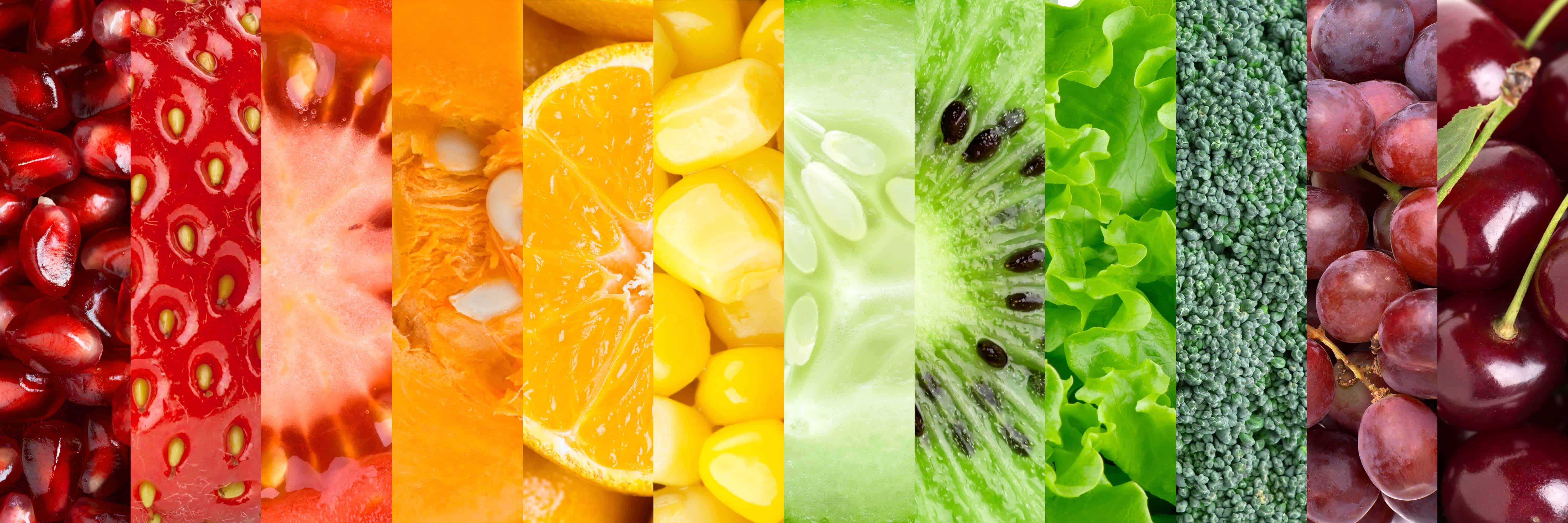
Phytochemicals make up the beautiful array of color that we see in fruits and vegetables. They protect the fruit and veggies from disease, and when we eat them, the phytochemicals protect us.
Those colorful pigments are referred to as “phytochemicals.” They protect the fruits and vegetables against disease, and environmental damage, etc. and when we eat them, they protect us and build our immune systems and act as a medicinal plant or healing plant. Here are some examples of different veggies and the phytochemicals they contain:
- carrots are called: “carotene”
- tomatoes are called: “lycopene”
- red beets are called: “betaine”
- beans are called: “diosgenin,” and “saponins,” (and the list goes on)
Walnuts and the Brain
Look at the picture of the walnut…what does it remind you of? If you said, “the brain,” you’re right!
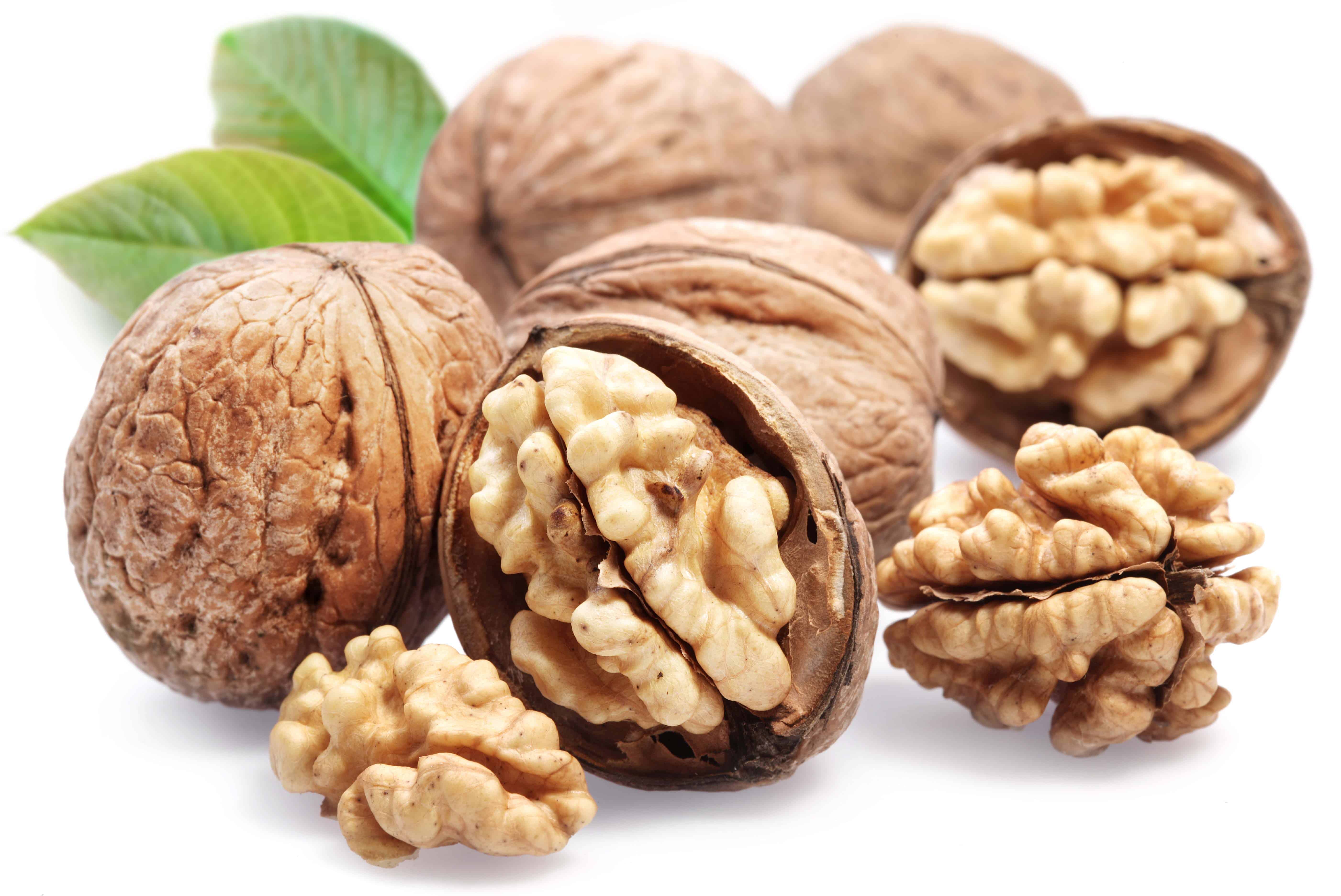
Walnuts resemble the human brain. And walnuts contain high levels of omega-3 fats which are very good for the brain.
Here’s how a walnut and the brain relate:
- The outside of a walnut looks similar to the wrinkles or folds on the neocortex of the brain.
- Carefully crack open the walnut. You can see two sides—left and right. These represent the left and right hemispheres of the brain. Notice the thin part in between? That represents the brain’s corpus callosum—the thin membrane dividing or bridging both sides of the brain
- Look closely at the nut, you can even detect upper cerebrums and lower cerebellums.
Walnuts are true, “brain food.” Why? Because they contain the highest amounts of omega-3 fats of any other nut. This fat helps develop over three dozen neuron-transmitters for brain function.
What this means is that when kids eat walnuts it can improve:
- their moods
- their attention
- their behavior
- help kids eat less
And remember—our brains are 90% fat so giving our brain the right kinds of fat will build the brain and make us smarter–acting as a true medicinal plant that can heal.
More benefits:
- Walnuts are high in minerals which helps the other vitamins we take to work better in our bodies.
- They’re also rich in fiber and help with sugar, insulin and cholesterol metabolism.
Kidney Beans and Our Kidneys
Kidney Beans actually heal and help maintain kidney function and yes, they look exactly like human kidneys.
More benefits:
- Kidney beans are high in fiber (11 grams) which is important for lowering cholesterol and blood sugar.
- They reduce the risk of breast cancer.
- They are loaded with vitamins and antioxidants. Kidney beans have the highest antioxidant level of any food tested and they contain an important enzyme-enhancing mineral called molybdenum.
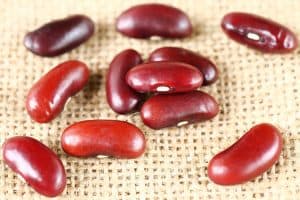
Kidney beans resemble human kidneys. They are also very beneficial for the kidneys and help to strengthen them.
Celery, Bok Choy, Rhubarb and our Bones
Take a close look at a piece of celery, bok choy or rhubarb. They resemble and help strengthen our bones. Here’s how…
- They specifically target bone strength.
- Bones are 23% sodium and these vegetables are 23% sodium.
- They contain silicon, which is an important nutrient for bone health. They also renew the joints and all connective tissue.
- These foods replenish the skeletal needs of our bodies
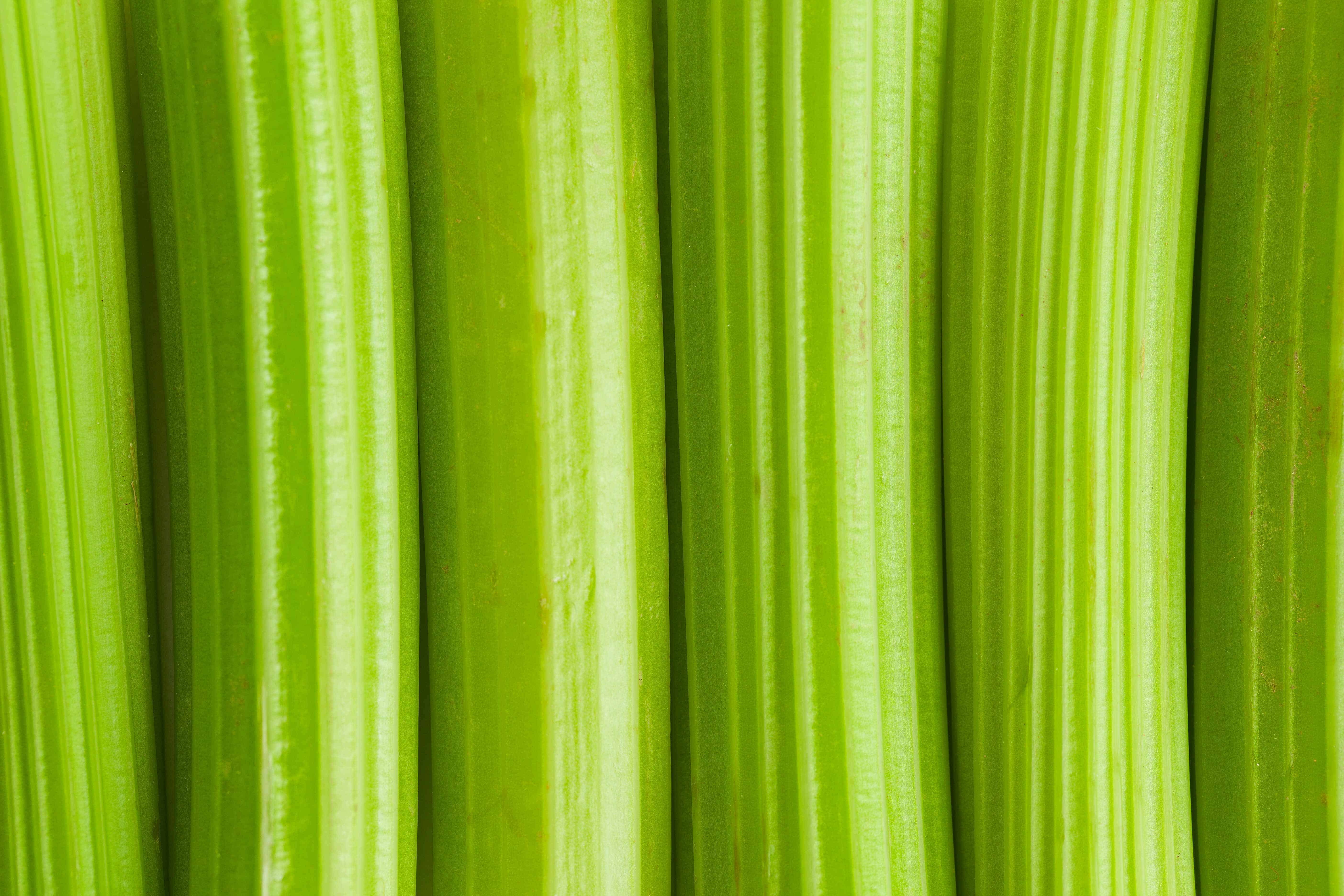
Celery, Bok Choy, and Rhubarb help to strengthen the bones. They contain silica and silicon–two important minerals found in these veggies.
More Benefits
- They can lower blood pressure. In fact, celery is the number-one food for lowering blood pressure and can lower it by 12 percent because of the phytochemical, phthalides.
- They are great for appetite control and lower carb cravings.
Onions and Cells
Onions resemble our cells. If you look at a picture of a cell, you will see layer upon layer. Cut open an onion and notice the same configuration. Onions act like a roto-rooter system in that they clear waste materials from our cells and body.
More benefits:
- Onions fight cancer in a big way!
- Like celery—onions build strong bones
- Onions contain sulfur which helps sustain healthy skin (the dominant element of skin is sulfur—your skin LOVES sulfur!)
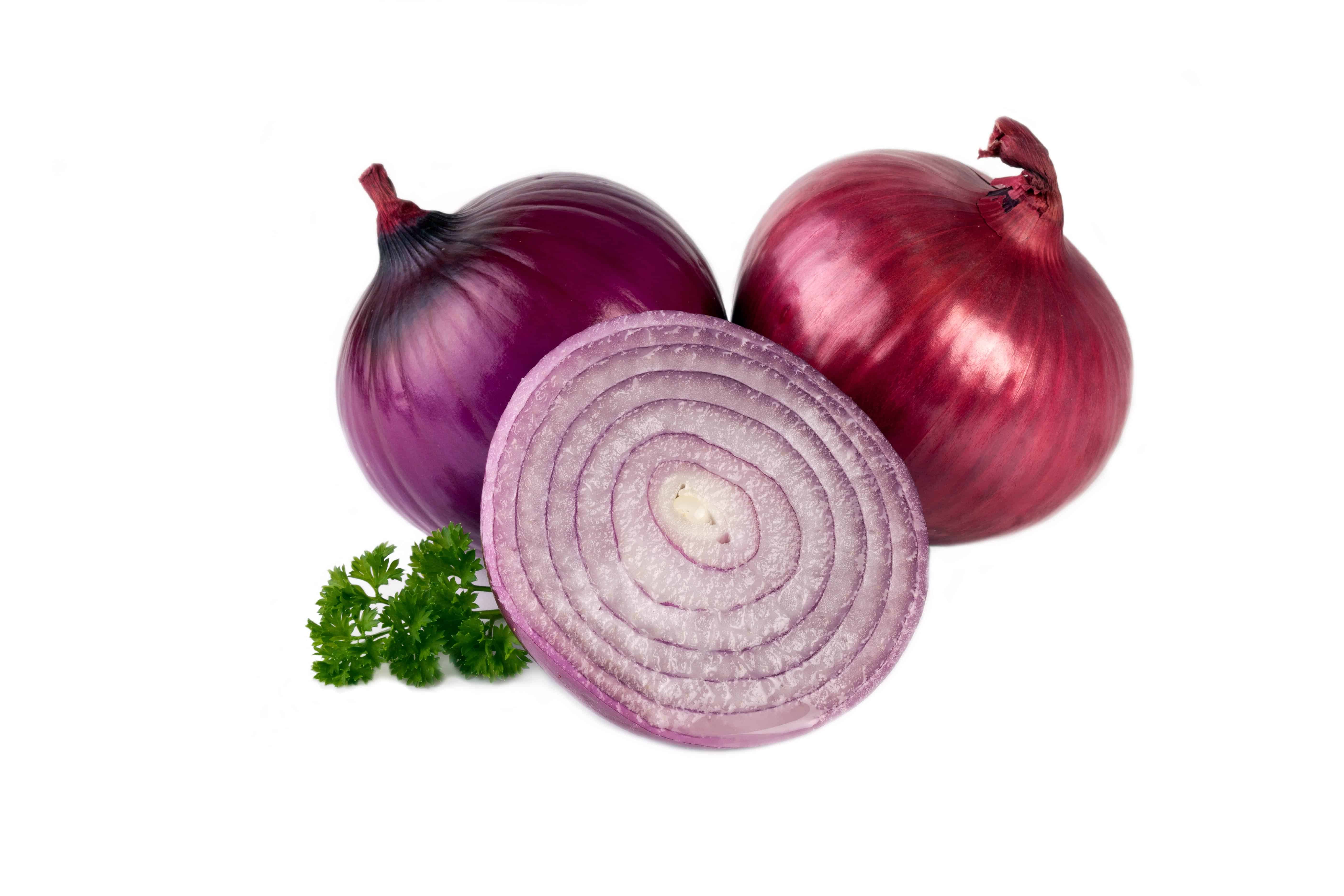
Onions are layered, just like our cells. They help to clear waste out of the cells and they are high in sulfur, which helps our skin stay healthy. They are a powerful medicinal plant!
Sweet Potatoes and the Pancreas
Sweet Potatoes have the same shape as our pancreas and they strengthen and support this organ. Contrary to popular belief, they actually balance the glycemic index of people with diabetes.
More benefits
- High in fiber and antioxidants
- Loaded with vitamin A and is low in calories (103)
- Has cancer-fighting properties
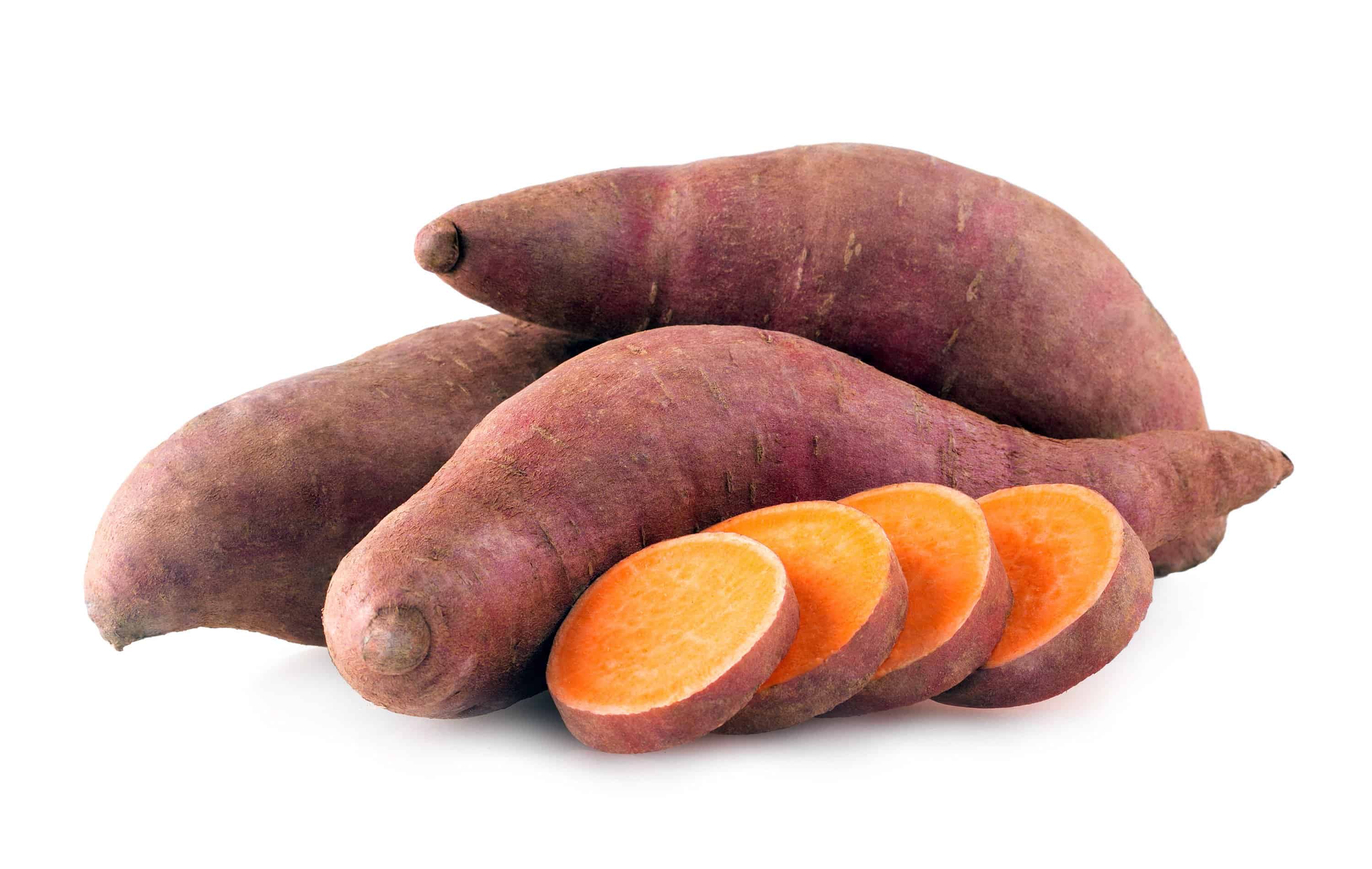
Sweet Potatoes are the same shape as the pancreas and help to support this organ. People who are diabetic should add more sweet potatoes to their diets
Eggplant, Avocados, Pears and the Female Womb
Take a look at these fruits. What does their shape remind you of? They target the health and function of the womb and cervix of women and their shape resemble these organs. Here’s how they help:
- Research shows that when a woman eats 1 avocado a week, it helps to balance hormones, shed unwanted birth weight and prevent cervical cancers.
- Interestingly, it takes exactly 9 months to grow an avocado from blossom to ripened fruit. Likewise, it takes a baby nine months to fully develop.
- There are over 14,000 photolytic chemical elements of nutrition in each one of these foods.
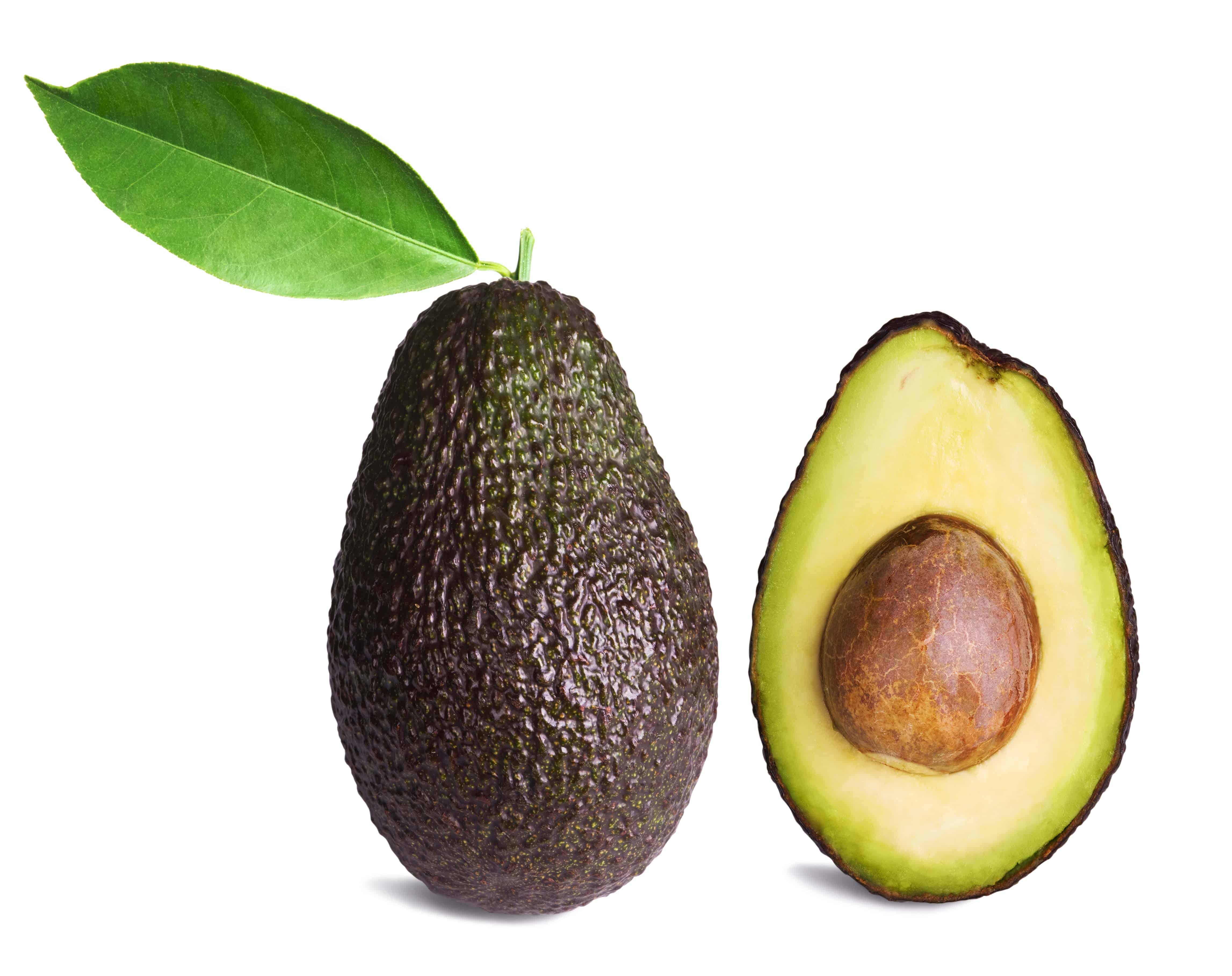
Avocadoes resemble the female womb and if a woman eats one a week, it will help to balance her hormones
More Benefits:
- Eggplant contains a powerful antioxidant called nasunin which literally eats up free radicals and protects the brain against oxidative damage.
- Avocados are high in good fat—the omega-9 fat which lowers cholesterol, cancer, and diabetes. It also helps your eyes stay healthy.
- Pears have a high fiber content
Olives and Ovaries
Olives resemble the shape of female ovaries and they assist in the health and function of this organ.
More benefits:
- Contain tocopherols, and polyphenols that are anti-inflammatory and improve immune function
- Protect the heart and help prevent DNA damage
- Have cancer-fighting properties
Grapefruit, Oranges and Mammary Glands
Slice open a grapefruit or orange horizontally. Look at the texture and the sections. These and other citrus fruits look just like the mammary glands of the female and actually help maintain healthy breast tissue and lower the incidence of breast cancer.
More benefits
- Grapefruit can help with weight-loss
- Oranges can lower the risk of stroke and are loaded with Vitamin C. They also have more than 170 cancer-fighting phytochemicals.
- Oranges also help the heart, lowers cholesterol, and promotes strong bones and teeth.
Figs and Male Sperm
Figs are full of seeds and hang in twos as they grow. Figs increase the motility of male sperm and increase the numbers of sperm to overcome male sterility.
More benefits:
- High in fiber
- High in calcium and potassium which can lower heart disease, stroke, and blood pressure
These are just some examples–there are many more (saved for another blog). For instance, mushrooms are good for the ears, grapes for the lungs, and ginger for the stomach, etc.
Question:
Ask yourself this: Do you know where you are lacking in health? If you know what part of your body is weak—then you may want to start eating that particular fruit or vegetable
Here are some extra ideas, tips, and books for parents to help their kids understand how these fruits and veggies build and strengthen their bodies and why they are considered medicinal plants.
Play a Game: Test Your Kids Knowledge
Now that you know how important these foods are—let’s put it to the test. Create a colorful salad bar for your family that includes all the foods we’ve just discussed. And, while you’re chewing your way to health and happiness, play this game:
- Write the questions listed below on strips of paper
- Put them in a hat
- Divide into teams
- Ask the questions
- Winners get…a carrot (ha-ha—not!)
- Winners get…what about a healthy chocolate fondue using all these veggies & fruits for dipping?
Questions:
- What veggie is amazing for eyesight and looks like an “eye?”
- How does a walnut resemble the brain? (tell 3 ways)
- What organ of the body is similar to a tomato?
- If you want to have healthy skin—what should you include on your hamburger?
- What bean helps our kidneys?
- An onion is just like the________ of our bodies
- If you want strong bones, eat these…
- This veggie looks just like our pancreas
- These fruits help the female womb
- What fruits resemble breast tissue?
- Why are these 16 fruits and veggies called “medicinal plants?”
Here are some fun books your kids will enjoy. They’re all about healthy eating!
You can access the 2-minute video here
P.S. What ways do you teach your kids the importance of eating their fruits and veggies? Any games you play that are successful? Please comment in the section below…
Want to remember this post? Post, “16 Amazing Medicinal Plants for Healing: The Doctrine of Signatures,” to your favorite Pinterest Board!
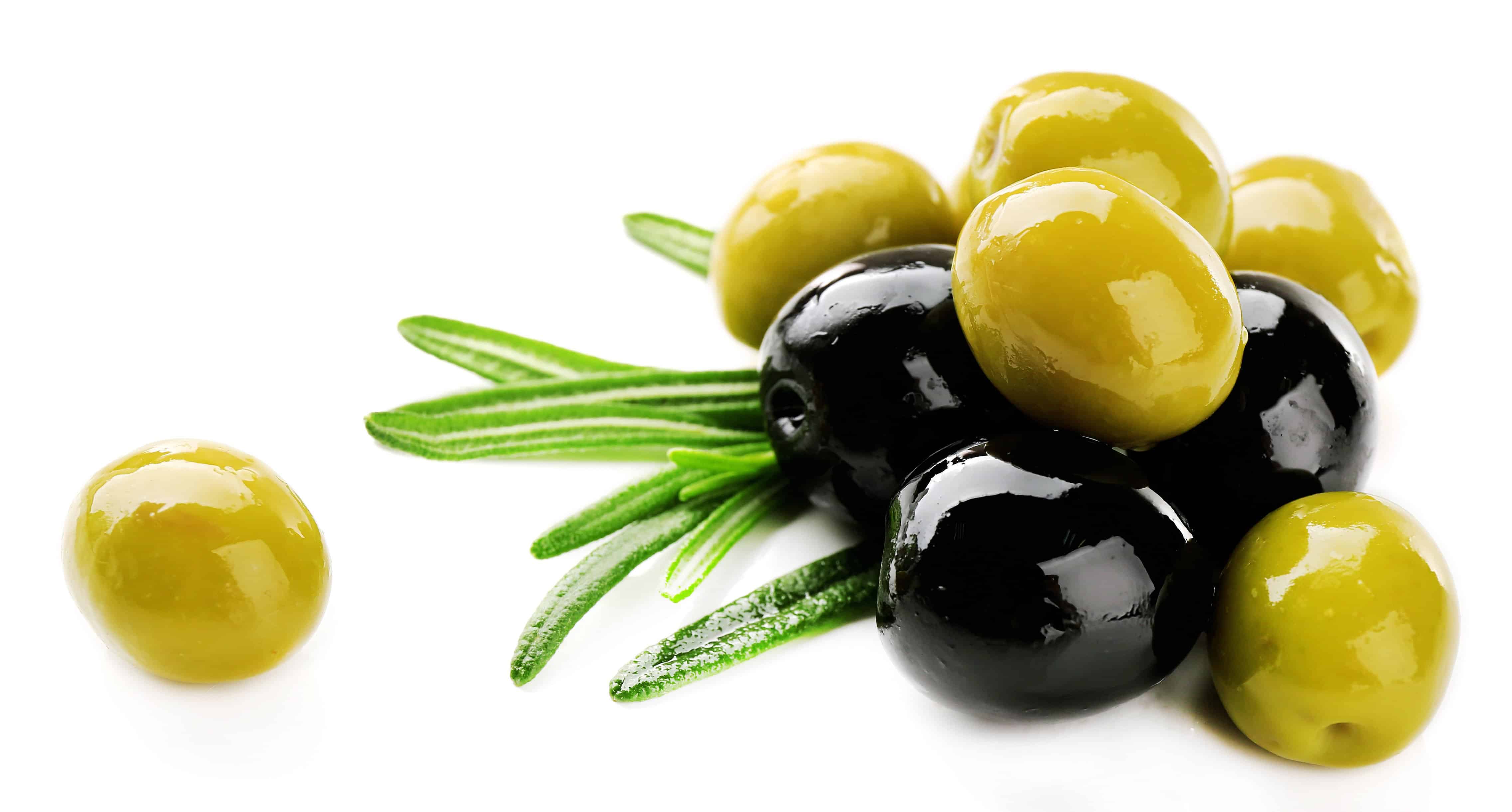
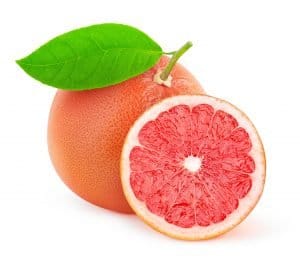
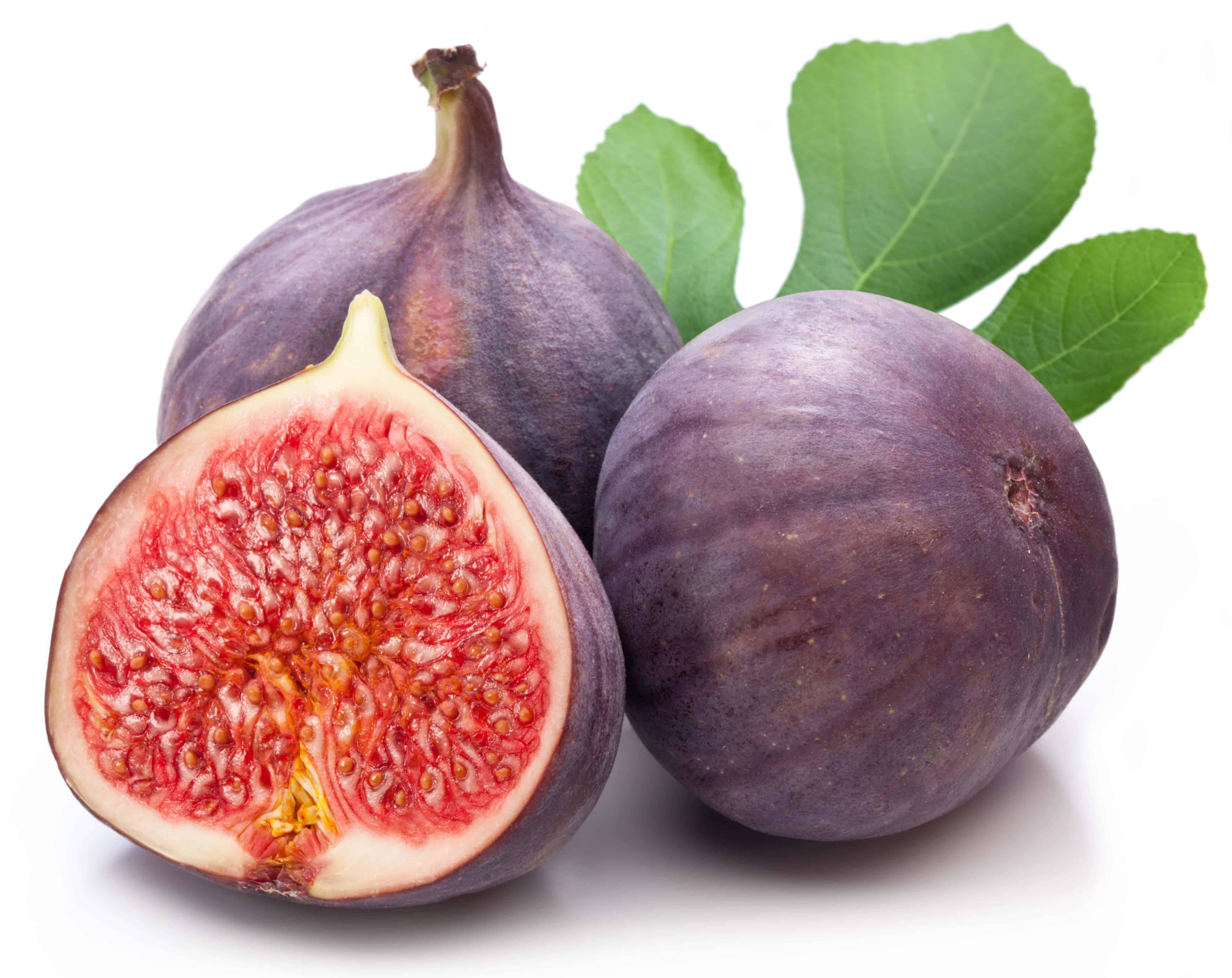




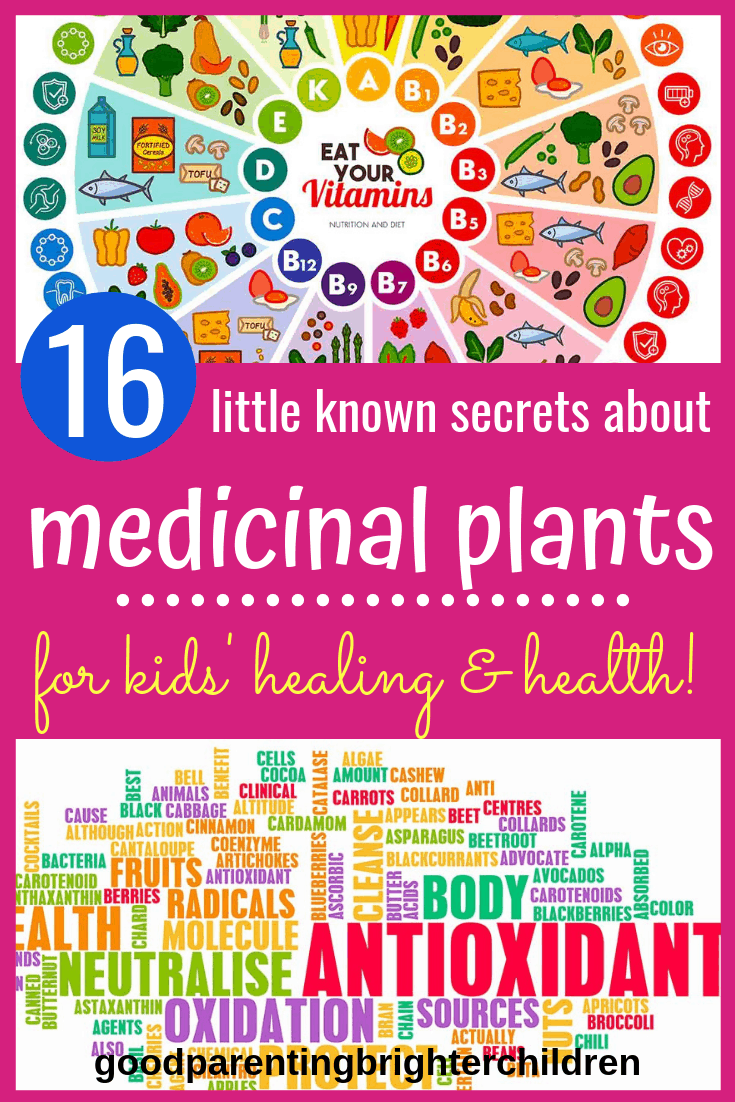


Leave a Reply